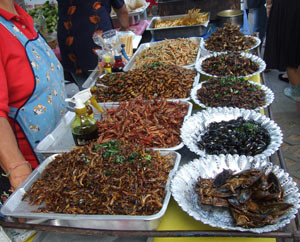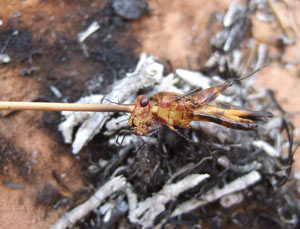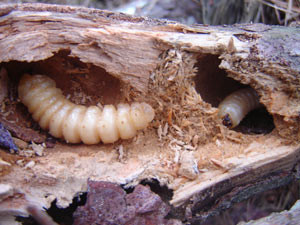How to Make a Primitive Fish Hook from Deer Nasal Bone
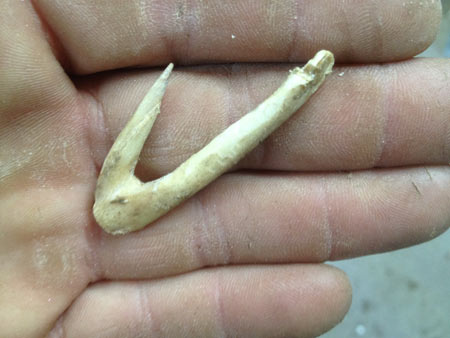
I’ve had a few requests from people who want to know how to make a primitive fish hook from bone. I have seen them made out of deer toe bones (phalanges), but that style takes a lot of work. The way I show you here, making them out of a deer nasal bone, is much easier since the bone doesn’t need much work to get it the right shape. Here is another article on making these.
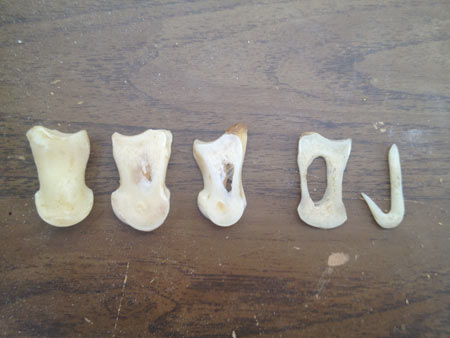
Step One in Making a Fish Hook from Deer Bone
Often the hardest thing to do when you’re ready to make a fishing hook from deer bone is finding a deer head. Here in Wisconsin there are a lot of roadkill deer and I remember where they are so I can come back a few months later after the scavengers have picked the head clean. You can also get heads during hunting season from butchers or hunters.
The part of the head that you want is the end of the upper jaw. Since it’s kind of confusing where the bone you want is, the pictures here zoom in on the correct bone, which is actually the maxilla.
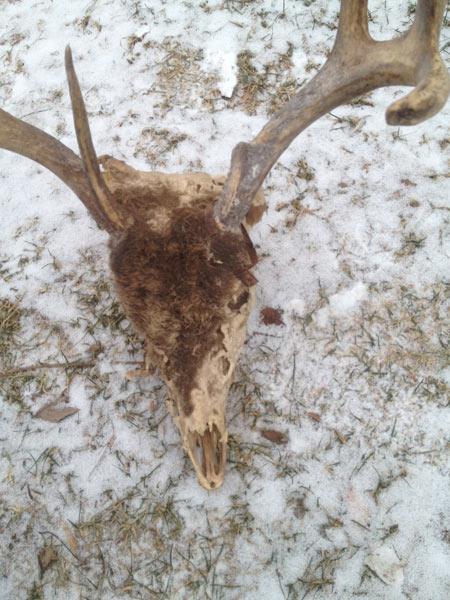
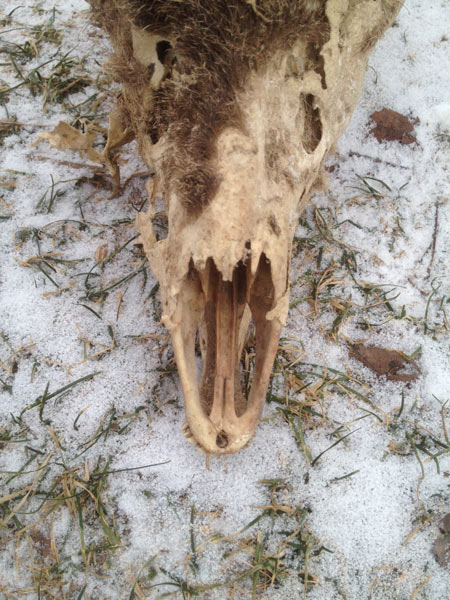
Step Two in Making a Primitive Fish Hook from Deer Bone
You need to remove about 3″-4″ (7.5-10cm) of the end of the upper jaw for your hook. I used a hatchet to carefully chop this bone off, but if you do it with blunt force like I did here, be careful! This maxilla bone is fragile and can shatter easily. It’s much safer to saw the bone off the skull. Or, you can notch the bone and snap it off at your notches.
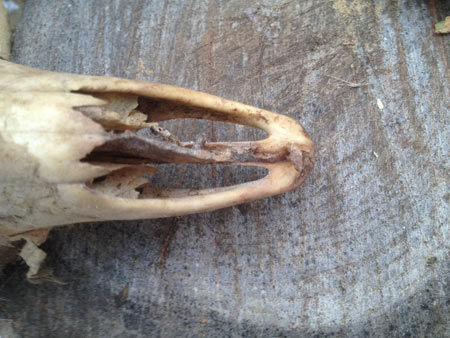
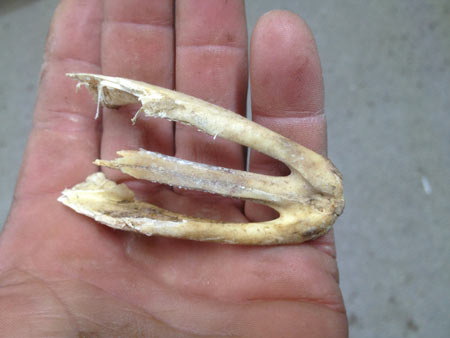
Step Three in How to Make a Fish Hook from Deer Bone
Now that you have the tip of the upper jaw bone off the head, decide which side of the bone has the best hook in it. The two sides are often symmetrical, but if you smacked it with something, you might only have one good side left!
Cut through the center of the little bone in the middle so that you save your good side.
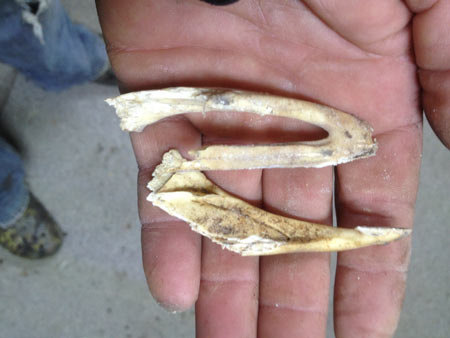
Step Four in How to Make a Primitive Fish Hook from Deer Bone
Cut the middle bone off at an angle. Make sure you leave enough bone to shape a hook out of. I cut the one in the picture off too short and had to start over with a whole new deer head to show you a good finished hook!
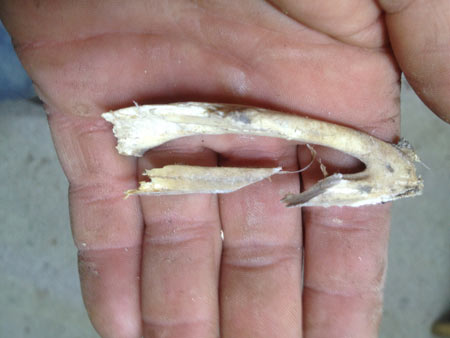
Step Five in How to Make a Fish Hook from Deer Bone
Shape, thin and sharpen the hook. Bone isn’t nearly as strong as steel, so your finished hook is going to be bulky compared to store-bought hooks.
I put little notches in the hook’s shank to hold the string. And I’m not sure if it really matters, but I tie the string on so the knot is exactly in line with the hook. My thought here is that when I pull the line, the hook will pivot at the tie-point and catch better, but I really don’t know if this is true or not. I do hook a lot of fish though.
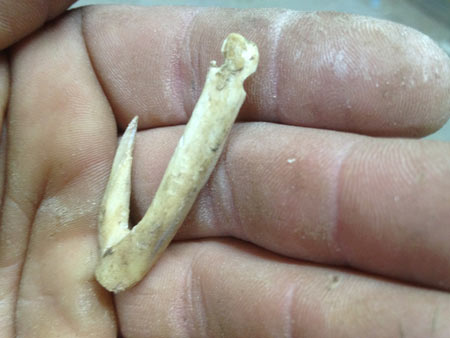
Thickness is a tradeoff between strength and wanting a small hook the fish doesn’t feel. In my experience, it’s better to error on the side of bigger and stronger. It’s awful losing a fish because your hook snaps! I often fish using offal from mammals that I’ve trapped, and I bury the hook in a mass of meat. Fish like catfish will suck the whole thing in with no problem. Panfish baited with worms are a different story though, they steal my bait almost every time!
I’ve tried to put a barb in these hooks but the hooks have broken off below the barb where they’re thin, so I no longer put a barb on them. You just have to let the fish take the hook down to its stomach, or keep constant pressure on the line when bringing the fish in to land it.
Learning how to make a primitive fish hook from deer bone like this is really easy and if you have an extra deer head laying around, making a fishhook from bone is a fun little project!
I love getting comments, so if you have questions or have ideas, let me know in the comments below.
Go here to check out more articles on finding survival food.

